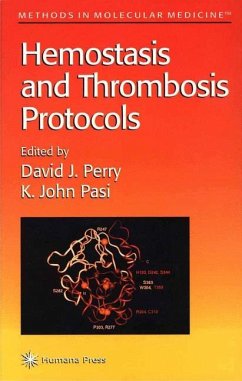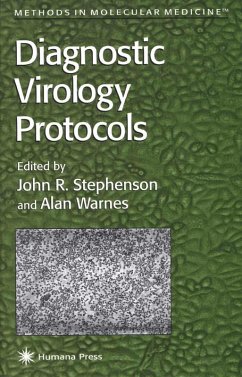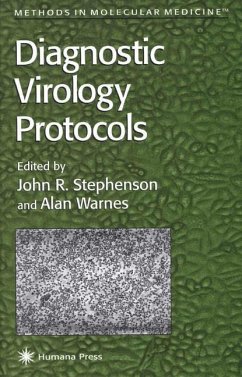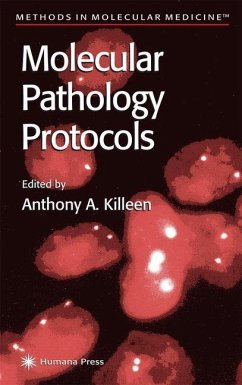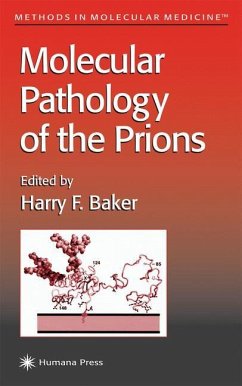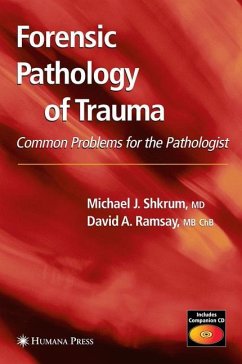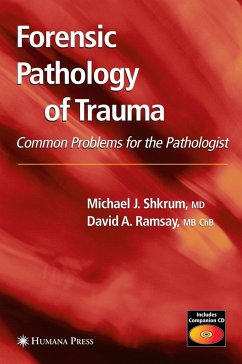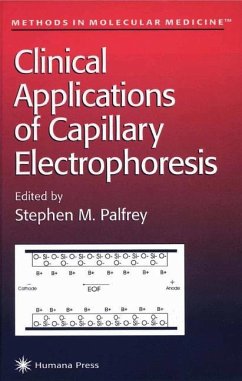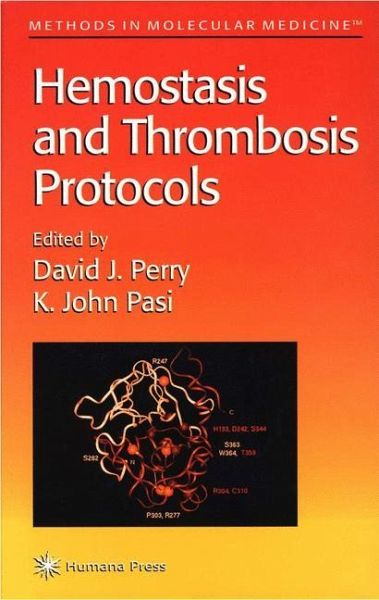
Hemostasis and Thrombosis Protocols
Versandkostenfrei!
Versandfertig in 1-2 Wochen
75,99 €
inkl. MwSt.

PAYBACK Punkte
38 °P sammeln!
Laboratory studies in hemostasis have traditionally focused on abn- malities of platelet function or the quantitative and qualitative disorders that affect the proteins involved in blood coagulation. However, over the last 10 years there has been an explosion in our understanding of the molecular bases that underlie many of the inherited and acquired disorders of hemostasis. Many of these disorders are now routinely diagnosed and assessed by methods that involve genotypic analysis. Indeed in the late 1990s the distinction between molecular methods for research and for routine diagnosis is beco...
Laboratory studies in hemostasis have traditionally focused on abn- malities of platelet function or the quantitative and qualitative disorders that affect the proteins involved in blood coagulation. However, over the last 10 years there has been an explosion in our understanding of the molecular bases that underlie many of the inherited and acquired disorders of hemostasis. Many of these disorders are now routinely diagnosed and assessed by methods that involve genotypic analysis. Indeed in the late 1990s the distinction between molecular methods for research and for routine diagnosis is becoming incre- ingly blurred. The techniques and approaches that are used in hemostasis are manifold and published in isolation in a variety of publications. The aim, therefore, of this volume Hemostasis and Thrombosis Protocols is to pull together, into a single volume, the variety of techniques that are frequently used in the field of hemostasis. We have targeted this volume at laboratories who wish to move into the field of molecular hemostasis or who may already have some expe- ence in this area but wish to develop new areas of research and diagnosis. The chapters are wide-ranging and hopefully provide a broad overview of the d- fering applications in which these standard techniques can be used. Though the articles may appear relatively specific, the techniques contained within them are applicable to the study of many different disorders and we hope that they provide a series of ideas and concepts well-suited to problem solving.



